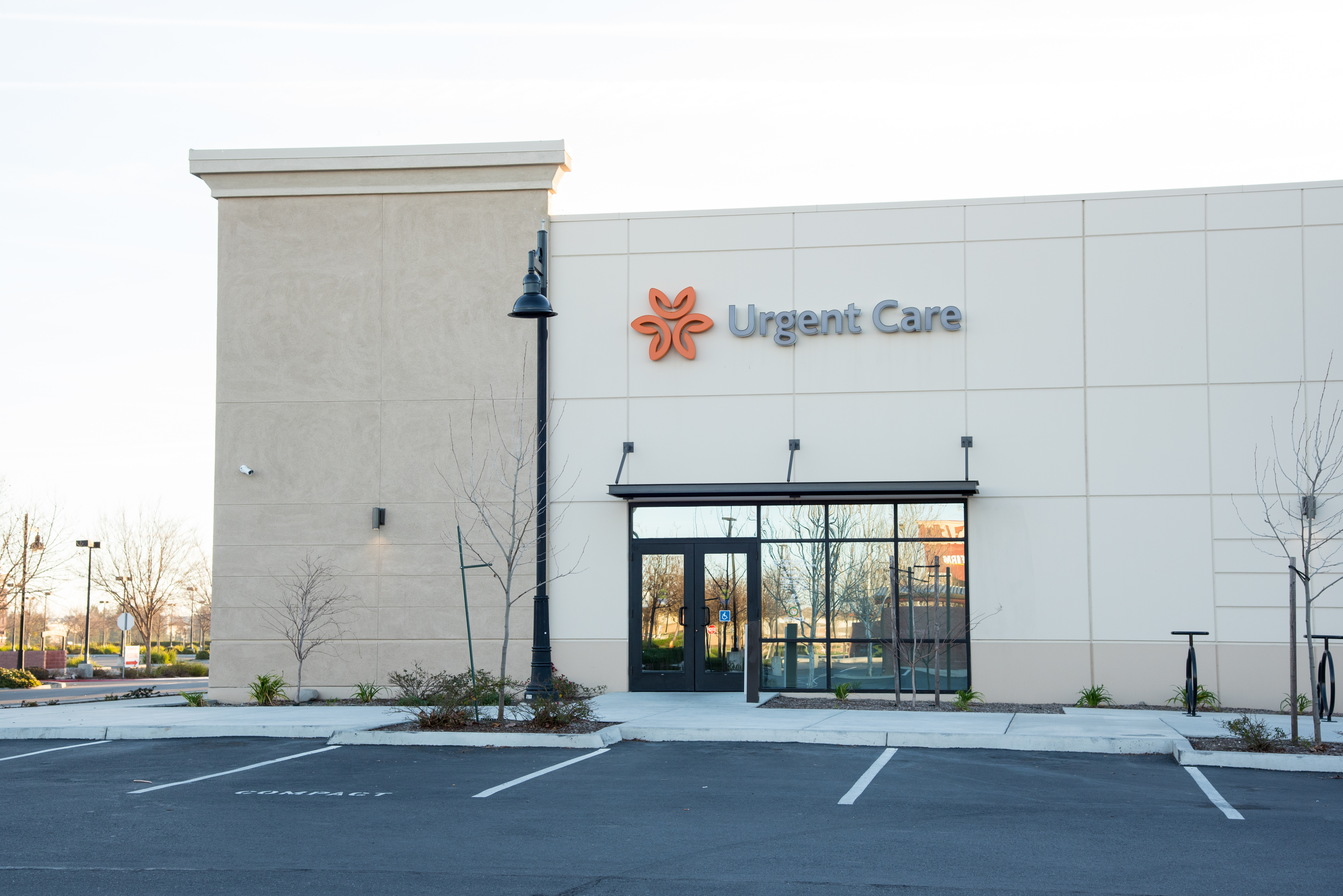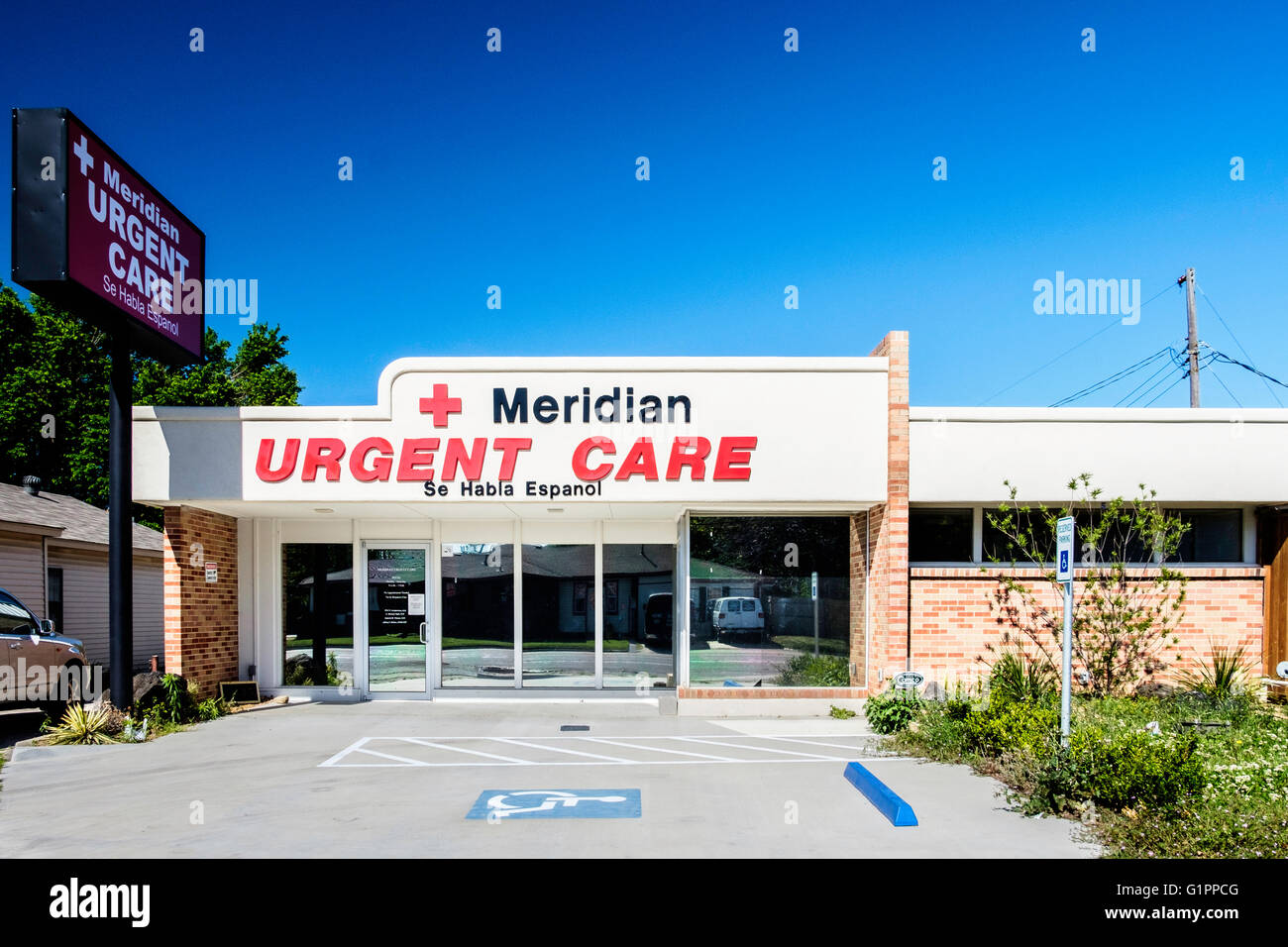Comprehending the Role of Urgent Treatment in Offering Timely Treatment for Non-Life-Threatening Conditions
Immediate care centers have actually become an essential part of the medical care landscape, dealing with the instant demands of people with non-life-threatening conditions. By using prompt and available clinical services, these facilities effectively link the gap in between main treatment and emergency divisions. The effects of their function prolong past mere comfort, prompting a better examination of when and just how these centers are used. Understanding the nuances of urgent care might substantially influence person results and the overall effectiveness of medical care shipment. What elements add to their growing value in modern medication?
What Is Urgent Treatment?
Urgent treatment describes a classification of medical solutions made to attend to non-life-threatening problems that call for prompt attention. These facilities act as an intermediary in between key treatment doctors and emergency clinic, supplying a hassle-free choice for people who require timely treatment without the substantial waiting times generally connected with emergency departments.
Immediate treatment facilities are commonly staffed by doctor, consisting of physicians, nurse experts, and doctor assistants, who are educated to detect and deal with a wide range of conditions. Common services provided by these facilities include therapy for minor injuries, health problems, and infections, along with diagnostic examinations such as X-rays and lab work.
Furthermore, immediate care facilities typically approve walk-in individuals, getting rid of the demand for visits. In general, urgent treatment plays a crucial role in the medical care system, making sure individuals can access essential medical solutions immediately and efficiently.

When to look for treatment at an immediate care center instead of a main care medical professional or an emergency situation room,Lots of individuals might locate themselves uncertain about. Urgent treatment is made to address non-life-threatening conditions that call for punctual attention yet are not serious adequate to require an emergency clinic see.
Typically, one must think about immediate look after problems such as minor fractures, sprains, cuts needing stitches, or infections like urinary system tract infections. In addition, chilly or influenza symptoms, breakouts, and sensitive responses can additionally be suitably taken care of in this setting.
It is essential to keep in mind that urgent treatment is not appropriate for dangerous emergencies, such as upper body pain, trouble breathing, or serious bleeding, which require immediate emergency clinic intervention.
Individuals that lack accessibility to a health care doctor or can not safeguard a timely consultation might also gain from urgent treatment services. Inevitably, recognizing when to make use of immediate care can lead to extra efficient health care shipment, allowing patients to receive the proper level of treatment based upon their specific wellness needs.
Advantages of Urgent Care Centers
Picking urgent treatment centers for non-life-threatening conditions uses a number of benefits that boost client experience and ease of access. One main benefit is the reduced wait times compared to traditional emergency situation rooms. Urgent treatment facilities normally operate on a first-come, first-served basis, enabling people to obtain prompt clinical focus without the long hold-ups usually connected with health center settings.
In addition, urgent care centers provide prolonged hours, including evenings and weekends, fitting individuals with varying schedules. This flexibility ensures that people can look for care when it is most practical try this out for them, further promoting timely treatment.

In addition, these centers commonly provide a detailed array of solutions, including small procedures and analysis examinations, all under one roof covering. This loan consolidation of solutions not only simplifies the client experience yet additionally promotes a more cohesive technique to handling non-life-threatening wellness issues, ultimately profiting total person end results.
Typical Problems Treated
At immediate care facilities, a range of non-life-threatening conditions can be effectively treated, providing patients with obtainable and prompt clinical aid. These centers are specifically skilled at dealing with issues that require timely focus but do not position a prompt danger to life or arm or leg.
Common problems dealt with at immediate treatment centers include minor injuries such as cracks, sprains, and strains. Immediate treatment centers are geared up to carry out essential analysis examinations, such as X-rays and lab tests, allowing them to supply extensive care.
Furthermore, urgent care companies can administer vaccinations, aiding to avoid the spread of infectious conditions - Urgent Care. They likewise supply solutions for minor procedures, such as suturing wounds or draining abscesses. By providing these varied services, immediate care facilities play an essential function in connecting the void in between medical care and emergency solutions, making sure patients receive prompt therapy for a vast array of conditions without the need for long haul times normally associated with emergency clinic
How Urgent Care Supports Medical Care System
Immediate treatment facilities play an important duty in supporting the general medical care system by minimizing the worry on emergency divisions and providing prompt accessibility to clinical care for non-life-threatening problems. By dealing with cases such as small injuries, infections, and ailments, immediate treatment centers permit emergency situation divisions to concentrate on even more essential people calling for prompt attention.
Furthermore, urgent treatment facilities boost medical care accessibility, supplying extended hours and an easier choice to typical medical care setups. This accessibility is particularly beneficial for patients that may not have a regular doctor or who require prompt treatment outside of normal workplace hours. Therefore, urgent treatment centers effectively decrease wait times and boost patient contentment.
In addition, urgent treatment facilities add to set you back savings for both clients and the healthcare system by giving lower-cost solutions compared to emergency departments. This economic effectiveness is essential in an age visit this website of rising healthcare expenses, permitting people to get essential treatment without incurring outrageous expenses.
Conclusion
In conclusion, urgent find this care facilities play a vital role in the health care system by delivering prompt treatment for non-life-threatening problems. By bridging the void between medical care and emergency situation rooms, these centers make certain that people receive timely medical focus without the extensive delay times commonly related to emergency situation departments. The accessibility and efficiency of immediate care centers add significantly to easing the general burden on medical care sources, boosting patient end results, and promoting a much more reliable health care distribution system.
Immediate care centers have actually emerged as an essential element of the healthcare landscape, attending to the immediate requirements of people with non-life-threatening conditions. Immediate treatment sees typically incur lower out-of-pocket costs contrasted to emergency division visits, making care a lot more budget friendly for patients without jeopardizing high quality. Immediate treatment centers are outfitted to carry out required analysis tests, such as X-rays and lab examinations, allowing them to provide comprehensive care.
By providing these varied solutions, immediate care centers play an important duty in connecting the gap between main care and emergency solutions, making certain people receive prompt treatment for a wide array of problems without the demand for lengthy wait times normally linked with emergency areas.
Additionally, immediate treatment centers enhance medical care availability, providing extended hours and a much more practical choice to traditional main treatment setups.